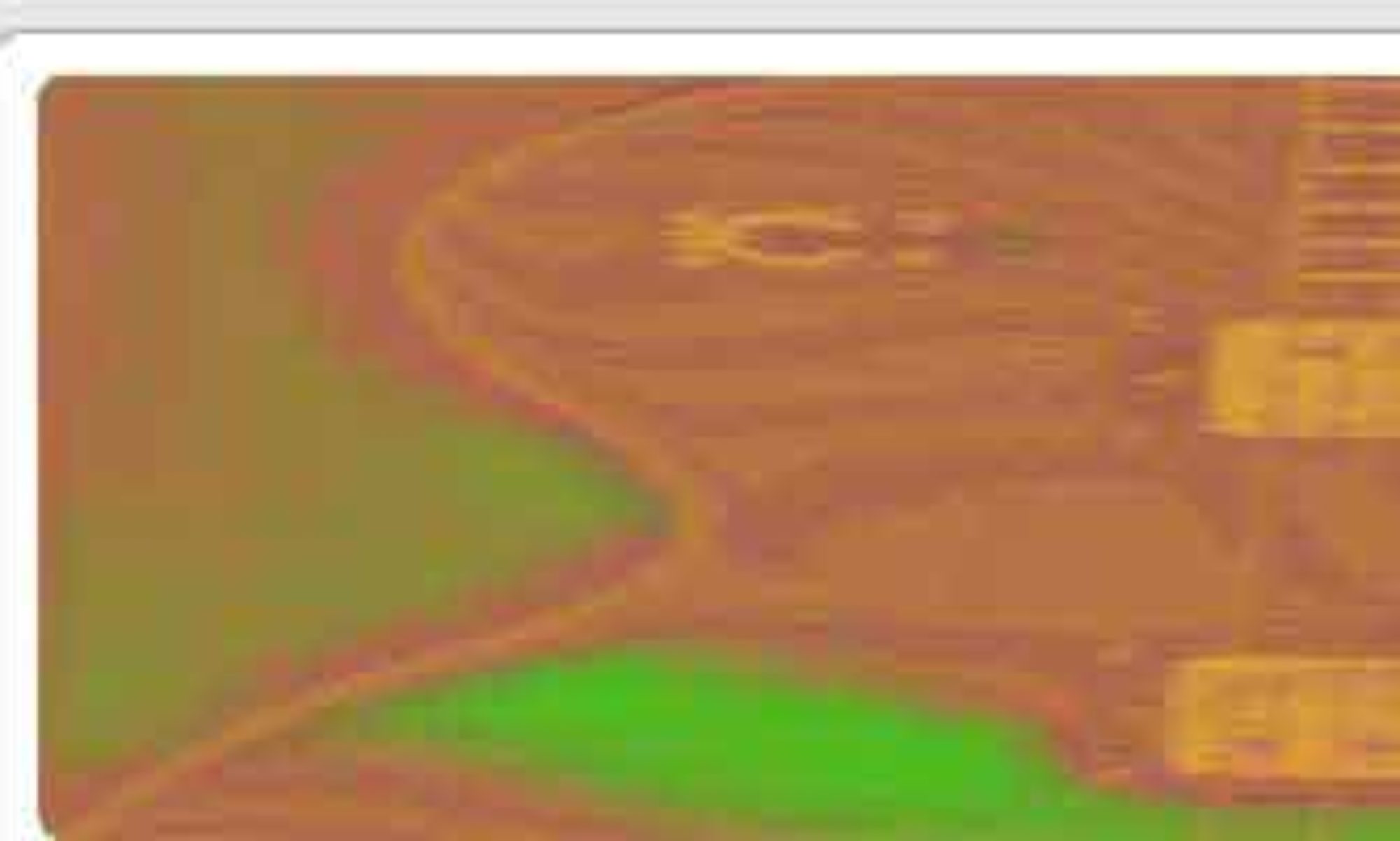In the first installment I stated that vintage sound can hardly be defined, and so it will always remain a rather vague matter.

How can vintage sound be described?
It is said to be smoother and warmer (sometimes called “brown sound”). Maybe that is right most of the time. But chances are you might find typical vintage sounds that are a bit edgy or even shrill. Other than assigning the phenomenon to a certain period of time, there seems to be no real definition what is a vintage sound, and what you find may differ on a large scale.
Others claim vintage sounds are sort of restricted, concerning the frequency spectrum. At least this assumption gives us some palpable hint: the tone doesn’t include the whole spectrum, but is narrower, thus cutting through. Vintage humbuckers (PAFs) are said to sound close to single coils. They definitely don’t share the deep and full sounding characteristics of contemporary humbuckers, rather giving a nasal tone. Stratocasters cover a wide range of sounds, but in general they are prone to providing very much treble (musicians make jokes about bleeding ears).
All of these vintage guitars have their little flaws… and I regret I can’t talk about all the other great guitars here, whether these are Telecasters, Gretsch, Les Paul Junior (P 90 Pickups have their own sound), or – well, you already know I fell for the Jaguar… I heard about modern high gain pickups to cover up the subtleties of the tone, especially the wood resonances. So what for some people may be a disadvantage (like low gain), to others is the only way to go. Hand-wound pickups may offer tonal advantages, but there are never two of them with identical specifications. Variations in wood quality seem to allow for some great vintage guitars, as well as some “dead” sounding ones. (It’s absurd to charge equally high prizes for all of the old instruments just because of their age…)
Less is more – this seems to be the case particularly with vintage sounds. These are far from being perfect, and that’s exactly what creates the magic. Tonal character is probably something like the opposite of universality. In my opinion, the vintage cult can be viewed as a reaction to modern sounds being all too perfect and punchy, and to modern equipment making everything possible.
So our perspective on sound has changed and goes on changing: what had been just the only thing at hand, for sure sometimes complained about at the now called “Golden Age of Vintage Sounds”, has turned into a cult only much later. After countless improvements imposed on amplifiers and instruments it turned out perfection is boring… The failure of transistor amps to accurately reproduce the dynamics of tube amps strongly contributed to that, as well as the fact that we are overfed by ever more frequency range, compression and walls of sound.
But anybody who is determined to make vintage sounds his own, at first has to know he is to face guitars with a fingerboard radius that makes bendings much harder; that he is to face amps without a master volume, and so on. There have been reasons for improvement, and if we go back to an evolutionary step before that, new (old) problems will arise.
But there are solutions out there, and if you are really committed, it will only take you some time before being rewarded with great sounds!
